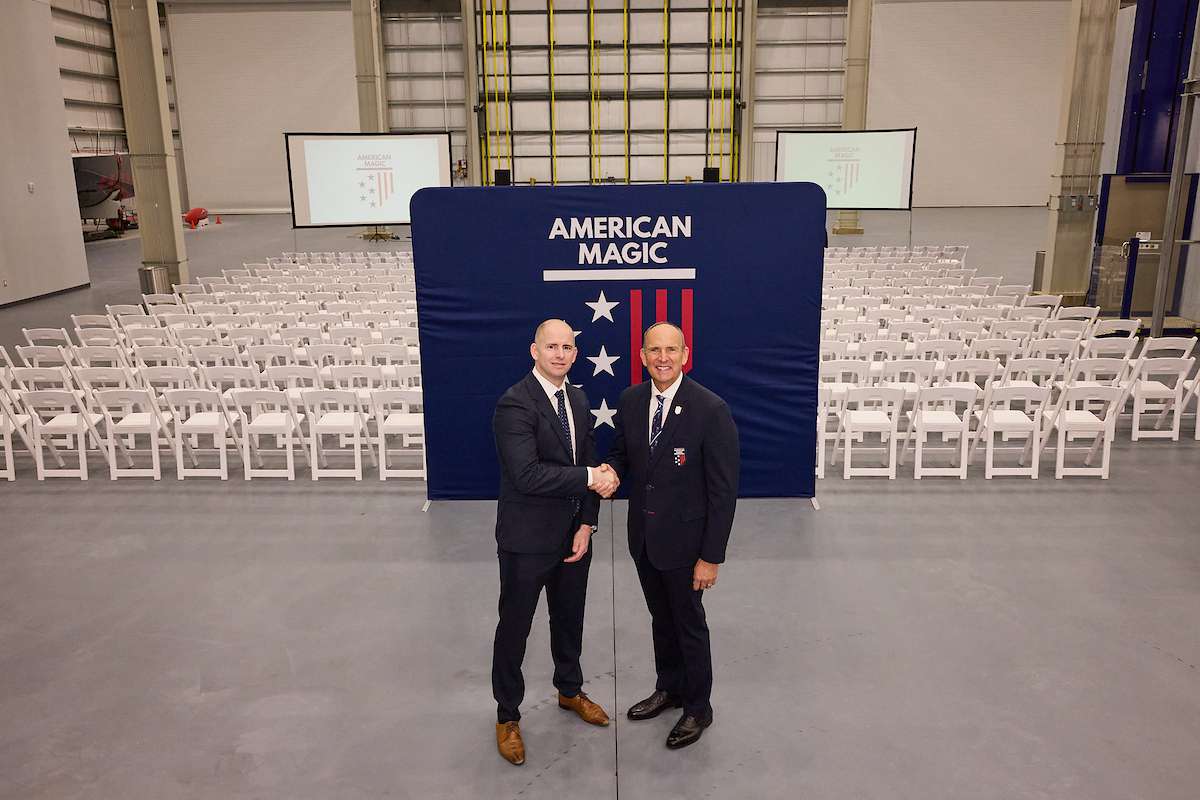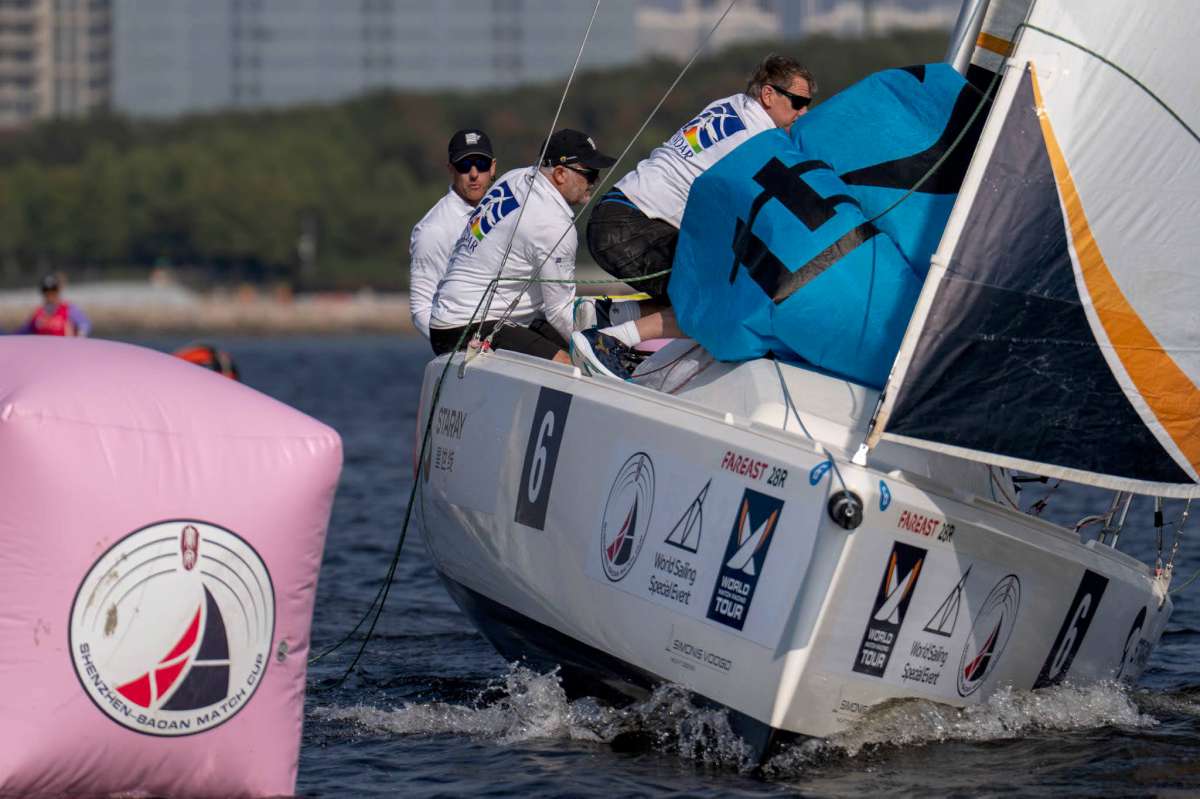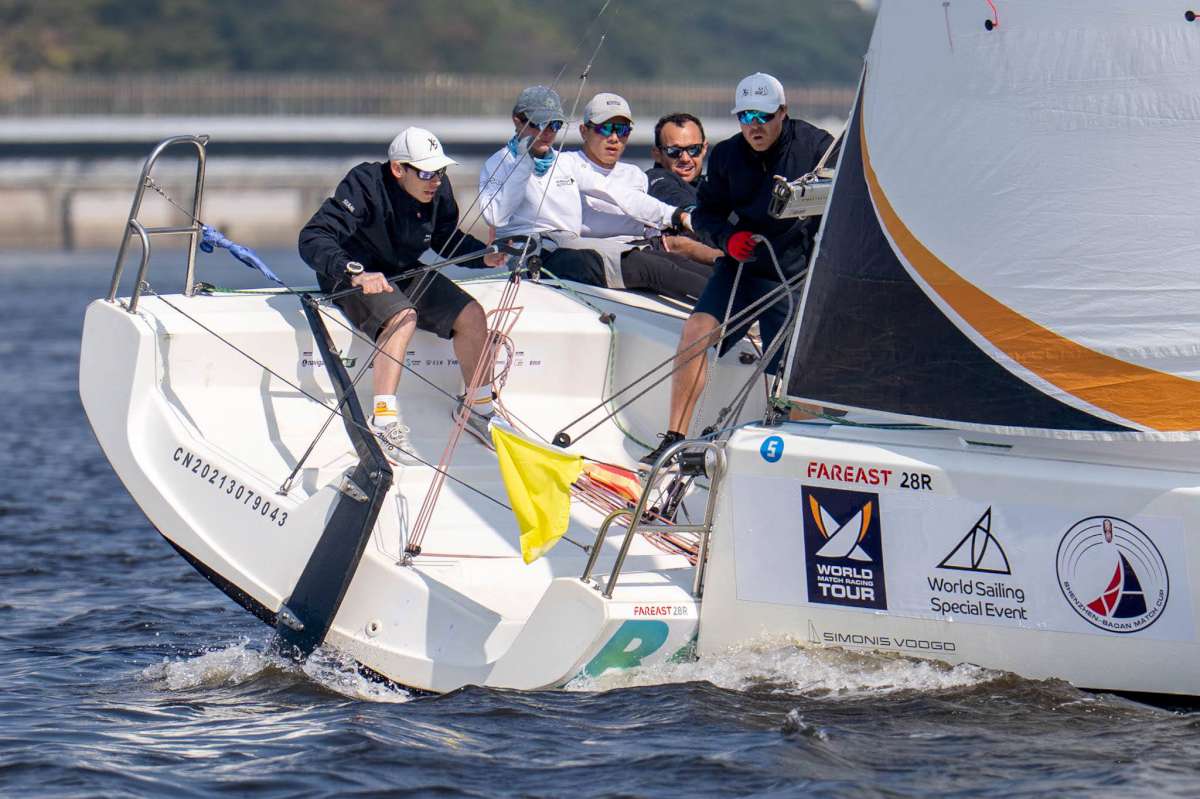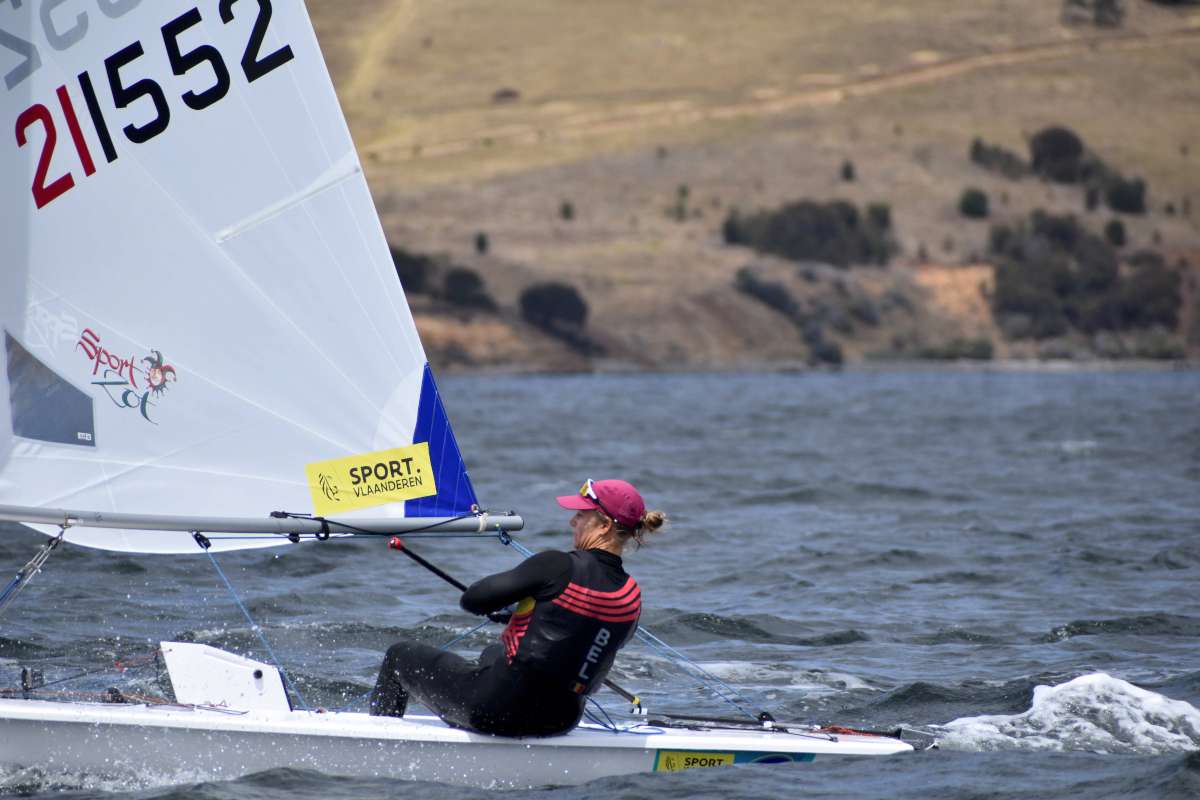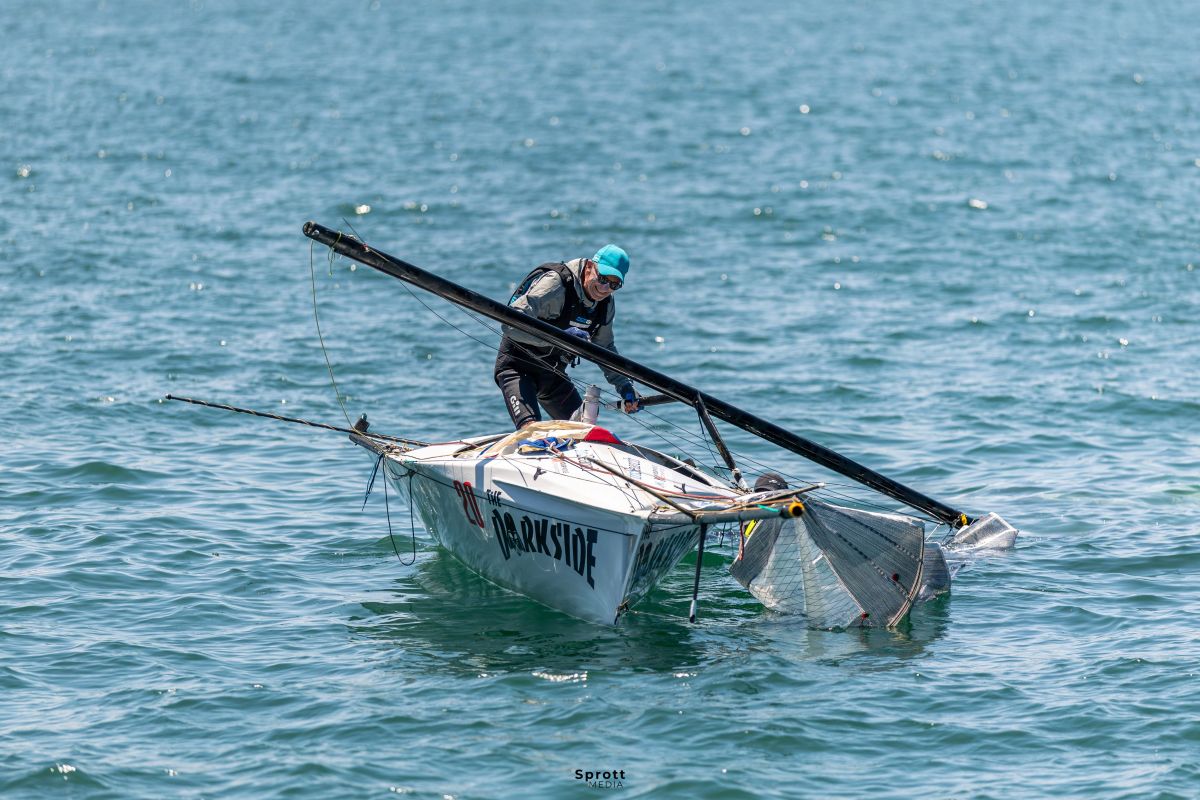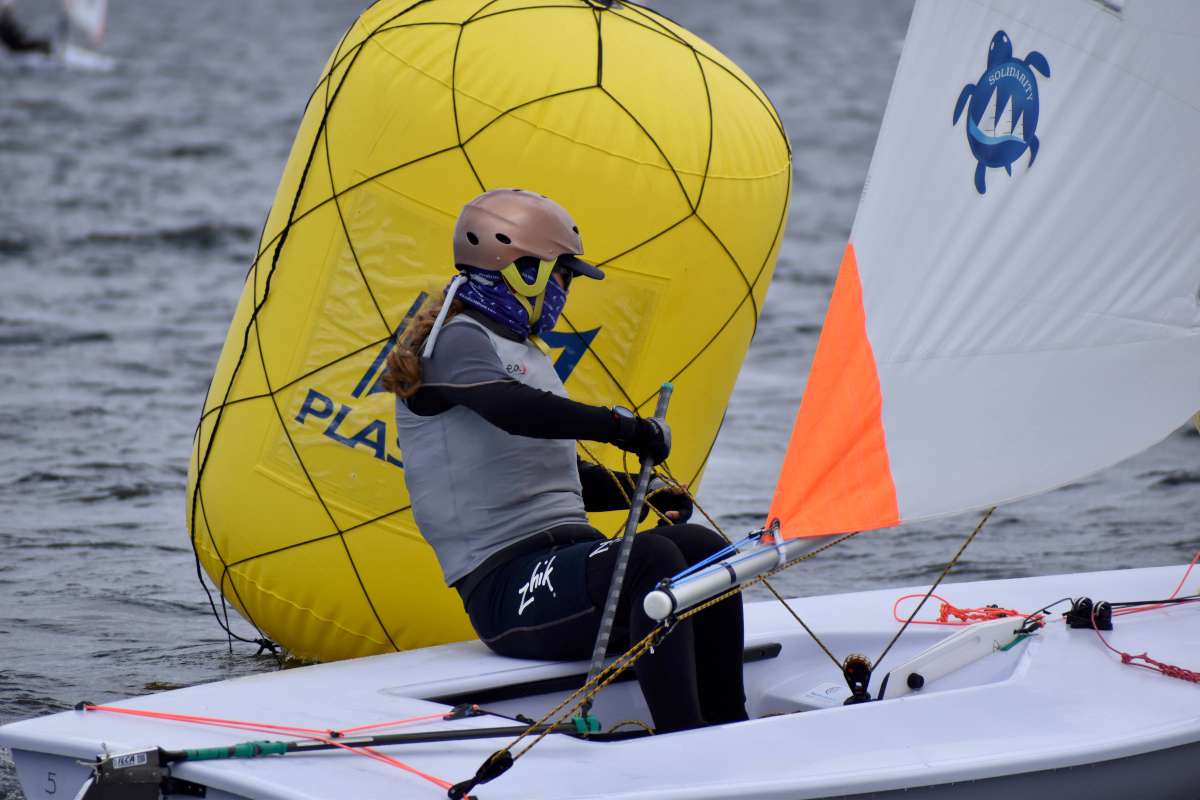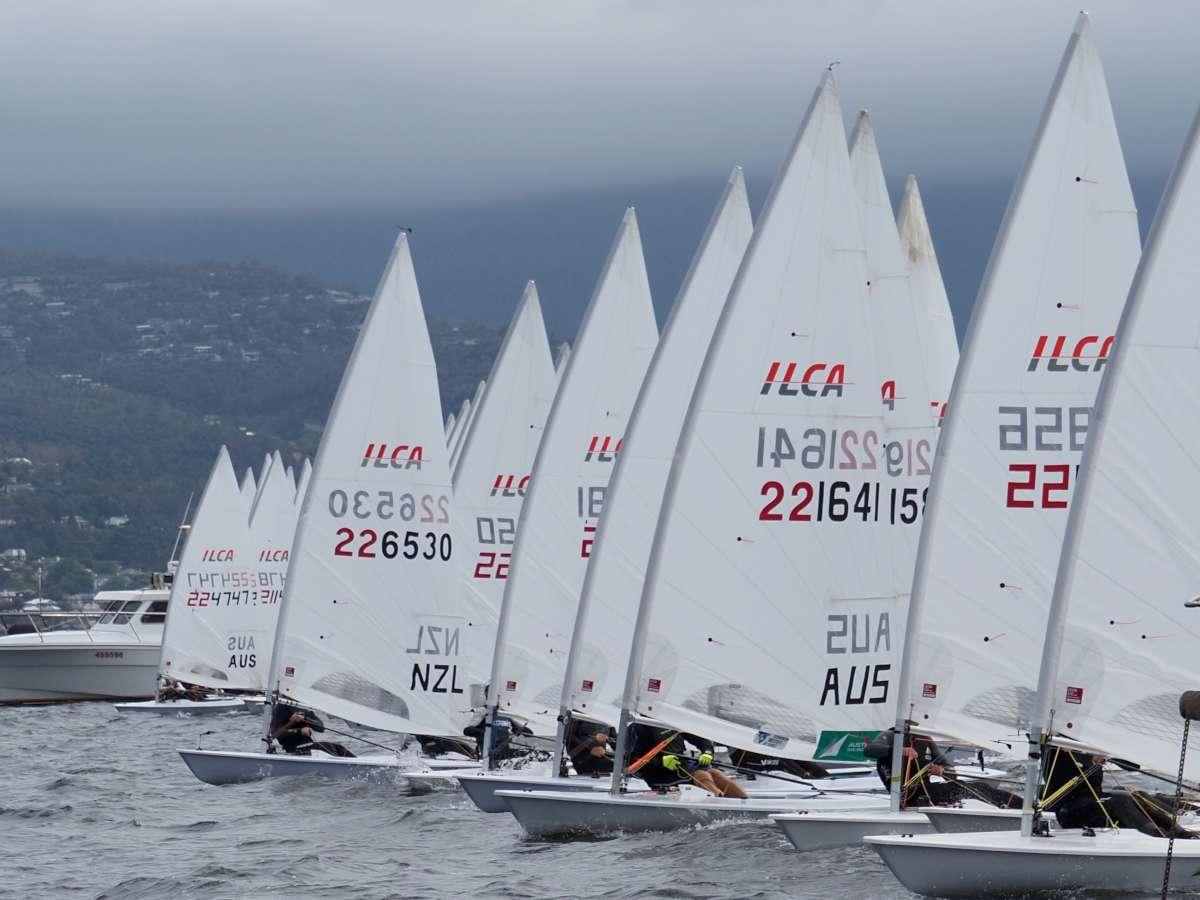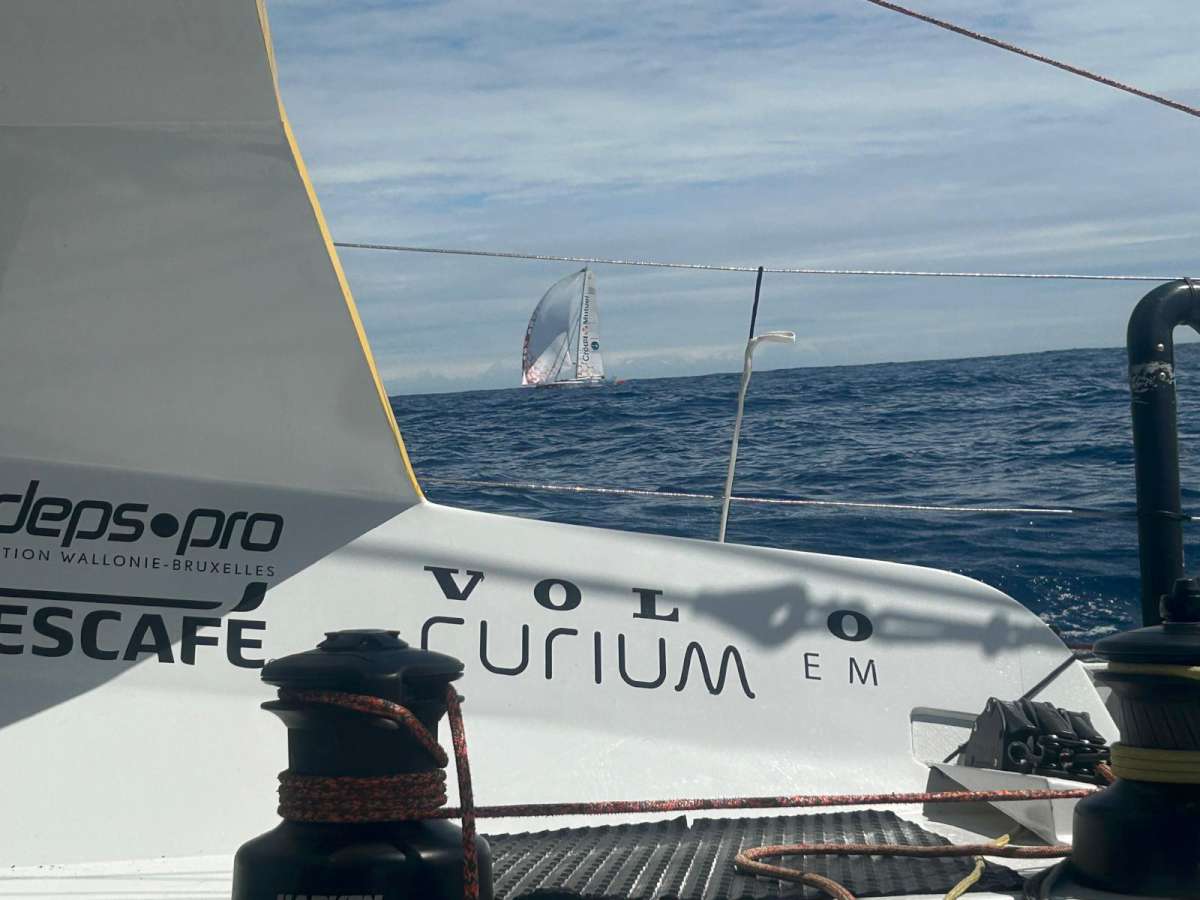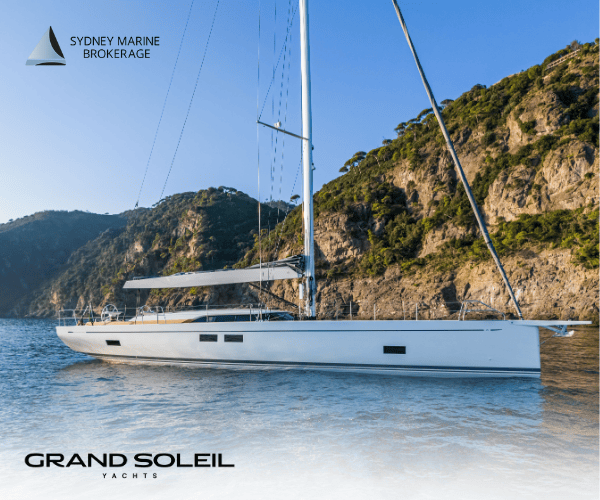On Monday February 21, Australian sailor Lisa Blair set sail from Albany, WA in a second attempt to sail solo, non-stop, around Antarctica in record time aboard her yacht ‘Climate Action Now’.
In her latest blog post, Blair finds a hairline crack in the boom and enters Iceberg Alley.
Blog day 52
Latitude 50 31.48S
Longitude 32 14.56W
Barometer 1005
Air Temp 8c
Local time 0800 UTC-3
For the live tracker, see: https://lisablairsailstheworld.com/tracker
Hi all,
Well what a couple of big days I have had. After finishing the blog yesterday, I didn’t go to bed until lunch time again. It seems my body clock is once again all over the shop and I now seem to be on a sleep schedule of midday to 3am, or there about.
The winds had continued to ease and so I woke up at 5pm and went on deck to shake out the 1st reef in the mainsail. I considered changing the jib over to the larger sail but the winds were still touching 20 knots at times, so I decided to leave it. I returned to bed, but I needed to wake at 1pm for the micro plastic sample change and again at 3am. Once I had done those, I finally got up to have some breakfast.
The winds were now down at 13 knots or less, so I went back on deck and finally changed over the jibs. I now have the full mainsail up and the no 1 jib out, but we still are not making fast progress with the light airs. The winds have been mostly blowing in from the NW but as dawn broke, they swung around to the WNW making us need to hold a broad reach in the left-over swell so the sails would flap around as we rolled in the swell.
There is also an intense fog around, worse than yesterday I believe. Visibility is next to nothing. It leaves you with an unsettled feeling, that idea of not knowing what’s around you. But luckily, I have radar, so I can use that to see around me where my eyes cannot.
When I was on deck today however, I found a rather alarming problem. It might not seem like much, but it could easily progress into more. On the boom, which is the horizontal bit of metal that the mainsail flies off, this has a vang attached to the bottom. The vang is attached about 1.5 meters into the boom and runs to the bottom of the mast and you use this to hold the boom down.
Basically, the mainsail will fill with wind and naturally the boom will try to lift as the sail curves so the vang is a counter force in this allowing us to keep the mainsail a bit flatter and capture more wind. Well, at the back edge where the weld line is for the vang, I found a hairline crack in the boom. It runs around 5cm long.
Initially I thought that this was just the weld cracking that holds the vang to the boom but on closer inspection the crack is in the boom too. It is not enough to snap the boom in half yet, but if I continue the way I have been that is the likely outcome. That would be a very bad outcome.
I can see why it happened, which is a good thing, because I should be able to avoid doing that anymore and baby it through. I believe it will get me home, but still, I need to be quite careful.
It looks like in all those storms, what’s been happening, is that as the boat is knocked down, the boom is out at roughly 90 degrees to the hull of the boat, so as we roll over the boom goes in the water, and that normally sweeps it backwards towards the end of the boat as the path of least resistance.
However, I think that there has also been some significant upward force. With the vang holding the boom down at that location, we are overloading the boom, causing a failure. So, to avoid this, I will need to start sailing with no vang, especially in storms. This will impact my speeds, but it will stop this from getting worse.
I also plan on drilling out the end of the cracks to prevent them from creeping any further. I might be able to make or find a plate that I could drill and tap into the boom over the crack to offer some support, but I will speak with the best rigger around David Lambourne Rigging on the best way forward. Like I said, at this stage it’s not really a problem but it could easily get worse, so I am just trying to get ahead of it.
In other news, I have just entered a section of ocean called Iceberg Alley. Sounds fun right… Well, the body of water between the South Georgia Island and the South Sandwich Islands is nicknamed Iceberg Alley, due to the often, high volume of Icebergs in this location.
What happens is the icebergs break off the Antarctic Peninsula and are drifted by the currents NE until they get trapped by the South Sandwich Islands, where the currents take the ice north through that gap. Last time I sailed past here it was filled with icebergs, but this time, I find myself being very lucky, as there is no ice anywhere in my path at this stage.
Jeff Jauncy, and his wife Sue who run the National Maritime Collage and who is my shore manager have been working with a company called C-Core. Since 1975, C-Core has provided advisory services and technology solutions to help clients operating in iceberg-prone waters world-wide.
Their work with icebergs is comprehensive, and includes understanding the material properties, behaviour, and prevalence of icebergs, as well as developing techniques to reduce risk through protective design and physical management. C-Core have been fundamental in ensuring I remain safe out here as a sponsor of this record, and my last Antarctica record.
They issue images using satellite imagery and altimeter images to spot icebergs. They can spot an iceberg that is 150 meters in size or greater. The rough rule of thumb is that, for every ‘known’ iceberg, there are likely up to 50 ‘unknown’ icebergs within a 200nm range of that one ‘known’ iceberg.
Currently, the only iceberg within my vicinity is located at 60S and 28W and is drifting at 3 knots, this is about halfway down the South Sandwich Islands. It is more than 500 nm away so there is very little risk at this stage.
I normally maintain a 250 nm range from any known icebergs, but so far, I haven’t needed to adjust my course for any ice, but only time will tell. I am in a fiberglass boat, so a collision with ice would be the end of the record, so we do everything we can to avoid it. The images from C-Core are critical to making it possible for me to sail around them, but I also use the radar and the sea temperature alarm as additional means of spotting ice.
And so, another day ends, but I don’t think I will be getting any sleep any time soon. I will work on the satellite system and wind generators while I have some calm conditions for it, but I will be signing off for this blog. Before I go, I would like to do a huge shout out to the following amazing degree sponsor.
Thank you to:
033 West – Glass Australia P/L – Thank you to David, Shelia, Claire and Renee for your wonderful support of my project and the citizen science I am able to gather out here. Thank you.
Goodnight all.
Lisa
How to follow Lisa Blair’s voyage:
Track Lisa Blair’s position on her website – https://lisablairsailstheworld.com/
To sponsor Lisa Blair, see – https://lisablairsailstheworld.com/sponsors
Lisa Blair’s Facebook page – https://www.facebook.com/LisaBlairSailstheWorld
To purchase Lisa Blair’s book ‘Facing Fear’, see – https://lisablairsailstheworld.com/eco-shop





